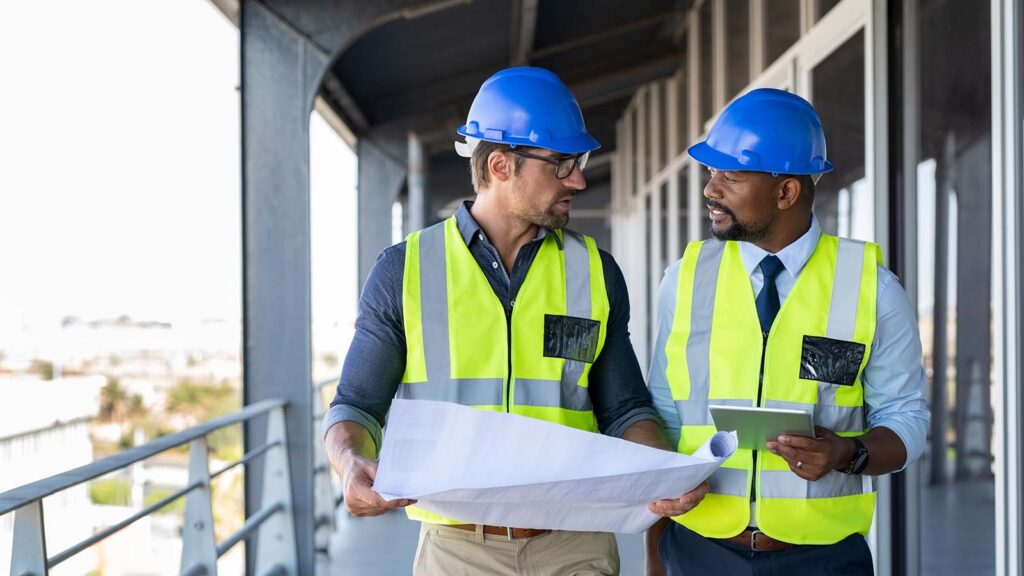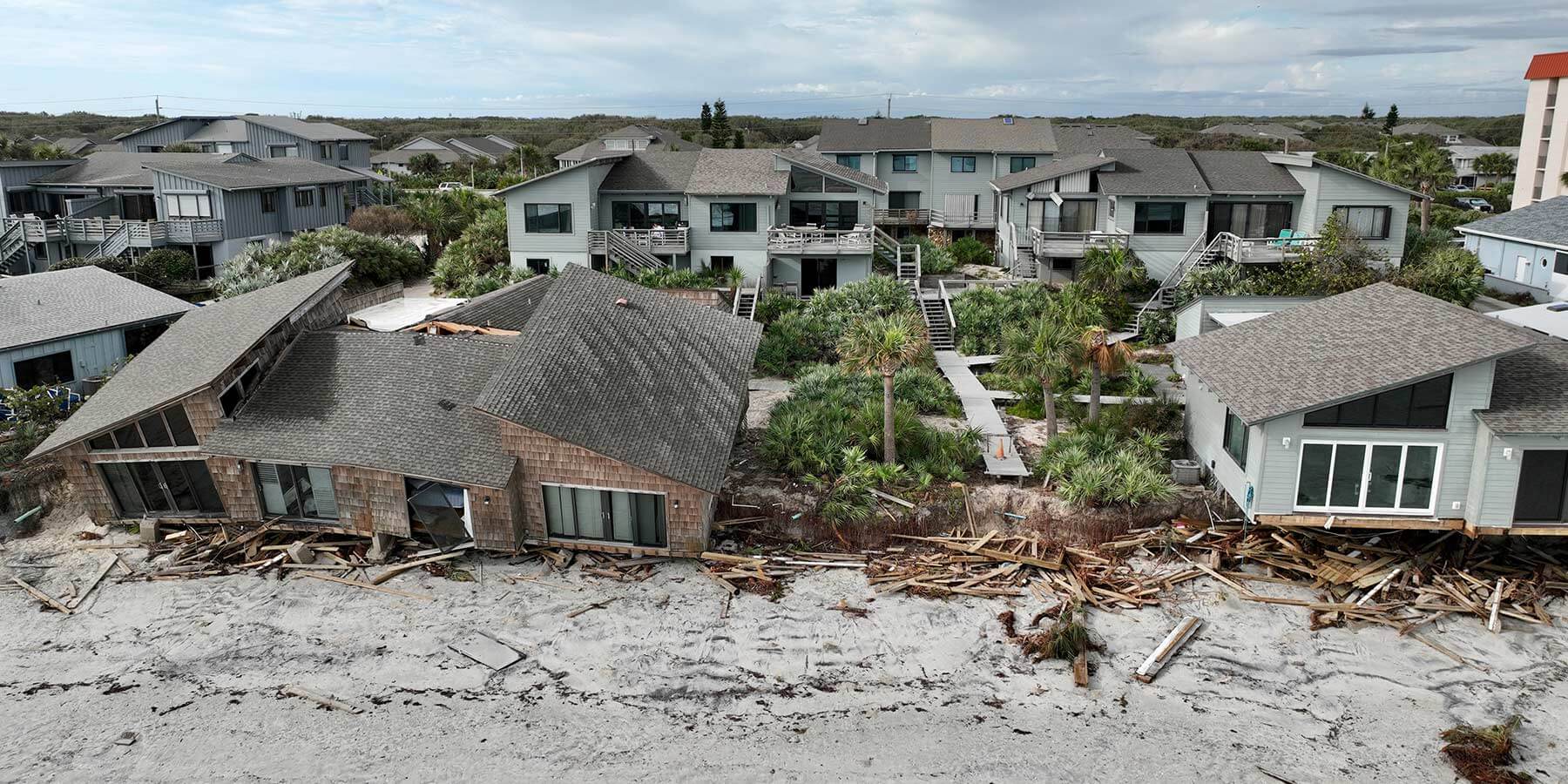The importance of building safety codes is a topic frequently discussed among contractors, architects, engineers, emergency managers, building superintendents, and government officials, but during May, its importance is officially recognized. May is Building Safety Month. Spearheaded by the International Code Council, a nonprofit association focused on building safety, Building Safety Month is a global initiative to advocate adopting, implementing, and enforcing building codes to enhance public safety and protect properties.
“Building safety codes save lives, but only 25 percent of buildings in the United States are up-to-date on their hazard codes. All communities need building codes to protect their residents and visitors from disasters like fires, weather-related events such as floods, and structural collapse,” said Luis Avila, Vice President of Mitigation for Tidal Basin Group. “By incorporating the latest technology and providing the safest, most resilient structures, our families and communities are better protected from various natural disasters.”
Having structures retrofitted to be code compliant can be expensive, but Avila recommends taking advantage of emergency management federal funds. “The COVID-19 Hazard Mitigation and Building Resilient Infrastructure and Communities (BRIC) grant programs are a couple of examples of the federal funds available to help you prepare for the next disaster,” stated Avila.
Carlos J. Castillo, Senior Vice President and Chief Development Officer for Tidal Basin, agrees. Citing the 2019 “Natural Hazard Mitigation Saves” report, there is significant return on investment for every dollar spent on mitigation. “Every federal dollar spent on mitigation equals six dollars of savings in reconstruction costs following a disaster. That figure goes up to $11 when the building is up to code,” said Castillo. “I was in Florida when hurricanes Irma and Michael swept through in 2017 and 2018. I saw many homes constructed to recent building codes that were barely affected, especially compared to those built to much earlier standards. Investing in building safety saves lives and money.”
The most significant step in making sure buildings are built to current codes is enforcement. “Anyone can adopt the code, but where the rubber hits the road is in the enforcement,” said Avila. “Code enforcement is no longer just about property maintenance. It is now more about regulating nuisances that hinder a community. As new laws emerge and new problems appear, enforcement officers are on deck to address these issues.”
Code officials process the applications, issue permits for construction or modification of buildings per the code and inspect as necessary. If a deficiency exists or if the structure or one of its components does not comply with the code, it is the responsibility of the code official to issue orders to correct the illegal or unsafe condition.
“Homes and buildings built in compliance with building safety codes and the officials who enforce the codes are essential to helping communities become affordable, resilient, and energy and water-efficient,” said Stephanie Murphy, Vice President of Preparedness, Resiliency & Emergency Management (PREM) for Tidal Basin. “Building Safety Month provides education for the public about solutions that improve the safety, sustainability, affordability, and resiliency of buildings, infrastructure, and communities.”

Cynthia Gutierrez-White
Senior Director, Media and Community Relations
Cynthia Gutierrez-White is Senior Director of Media and Community Relations in support of Tidal Basin. Her focus is developing and implementing communications initiatives to increase public awareness of our companies and furthering our engagement within the communities we support through our various programs.



